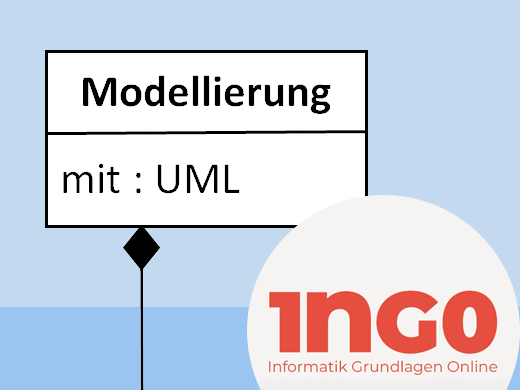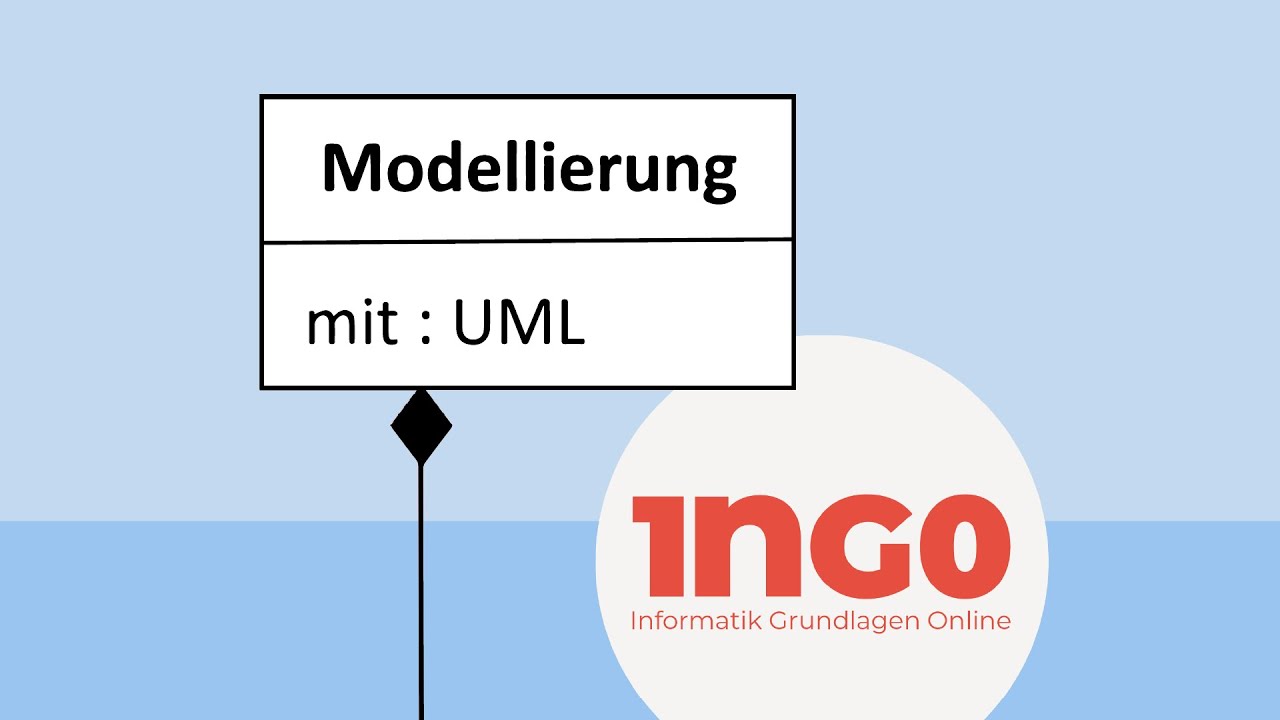


Modelling with UML
TU Wien
Business Informatics Group
About
Trailer for Modelling with UML
General Course Information
In order to create high-quality, modern software that meets today's requirements, ad hoc approaches in which "you just program away" are outdated and no longer productive. Instead, a clearly structured approach is required, which is defined and supported by the methods of software engineering. The challenges in software engineering are manifold. They reach from the collection of the requirements over the system Design up to maintenance and advancement of the software. In a software development process, moreover, many people are generally involved who have different training and experience. They need a common language that everyone can understand and speak, so that an exchange is possible. At the same time, this language should be as precise as possible and not have the ambiguities of a natural language. Modeling languages have been developed for this purpose. Especially the Unified Modeling Language (short: UML) is considered to be the dominant language in the field of software system modeling.
The Modeling with UML course provides an introduction to modeling with the Unified Modeling Language (UML) for people with programming experience. Specifically, the structure diagram, sequence diagram, state diagram, activity diagram and use case diagram are taught to give a comprehensive overview of the diversity of the language.
This MOOC was developed by the Business Informatics Group of the Vienna University of Technology as part of the eInformatics@Austria project and funded by the Federal Ministry of Education, Science and Research as part of the initiative "Digital and Social Transformation in Higher Education".
Content
Course Content
The course is divided into 5 logical units that can be completed in any order.
- Lesson 1+2: The structure diagram is used to represent the static structures of a system.
- Lesson 3: The sequence diagram specifies how messages and data are exchanged between objects or interaction partners.
- Lesson 4: The state diagram illustrates the different states an object can be in and how it transitions from one state to another.
- Lesson 5: The activity diagram describes procedural processing aspects, in simpler terms, workflows. It specifies the control and data flow between individual steps in these workflows.
- Lesson 6: The use case diagram describes which users can interact with which functions of the system and how.
Each lesson consists of instructional videos, practice exercises with solutions, a short film demonstrating the application of the respective diagrams through a practical example, and a concluding self-assessment.
Course Goals
After the course, the course participant will be able to:
- Explain the concept of modeling and object-oriented concepts.
- Create object-oriented models based on practical problems and requirement specifications.
- Understand, create, and evaluate analysis and design models of software systems.
- Utilize and apply object-oriented modeling using UML (structure diagram, sequence diagram, state diagram, activity diagram, use case diagram).
Previous Knowledge
For this MOOC, it is advisable to have a basic understanding of object-oriented programming.
Certificate
For actively participating in the course you will receive an automatic certificate which includes your username, the course name as well as the completed lessons. We want to point out that this certificate merely confirms that the user answered at least 75% of the self-assessment questions correctly.Licence
This work is licensed under CC BY-NC-SA 4.0Course Instructor
Business Informatics Group
The MOOC was created by a team from the Business Informatics Group at the Technische Universität Wien. The team members are:
Christian Huemer is the Dean of Studies and a Professor of Business Informatics at the TU Wien. He has been teaching in the field of modeling for 20 years, and he will be your lecturer throughout this course.
Marion Scholz is a Senior Lecturer at the TU Wien. With her extensive work on the course "Object-Oriented Modeling", she has laid the foundation and contributed to the instructional design of the MOOC.
Miki Zehetner is a PhD student at the TU Wien. As a media engineer, he is primarily responsible for the multimedia implementation of the learning materials.
Sebastian Krähsmaier is a student assistant at the TU Wien and, as a trained media engineer, shares responsibility for the preparation of the instructional videos.
Login & Enrol Currently: 233 Participants
Free for all € 0.00
Partners

TU Wien
Wien
